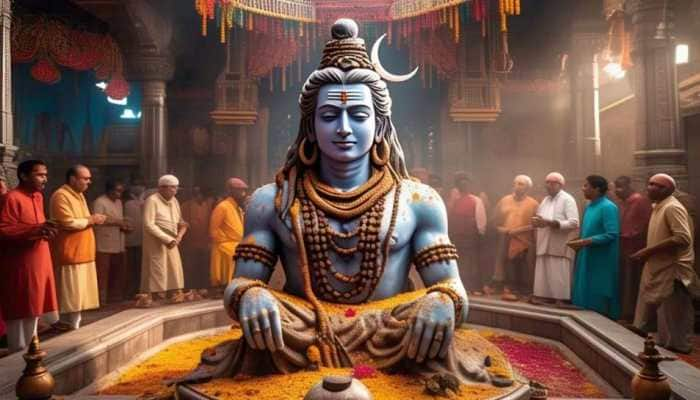6 Oldest Man-Made Structures In India You Must-Visit
Explore the 6 oldest man-made structures in India that every history enthusiast should visit at least once in their lifetime.
India's Man-Made Wonders
)
India has seen incredible development and advancements, yet it is the ancient structures that keep us connected to our rich history. These historic man-made wonders, built centuries ago, stand as remarkable testaments to India’s incredible past. Their intricate designs and architectural marvels offer a glimpse into the country’s heritage, helping visitors feel deeply rooted in history.
The Great Stupa at Sanchi (Madhya Pradesh)

Constructed in the 3rd century BCE by Emperor Ashoka, the Great Stupa at Sanchi is one of the oldest and most revered stone structures in India. Sanchi showcases the evolution of ancient Indian architecture, from the early stages of Buddhism to its artistic expression through many aniconic arts.
Rani ki Vav (Gujarat)
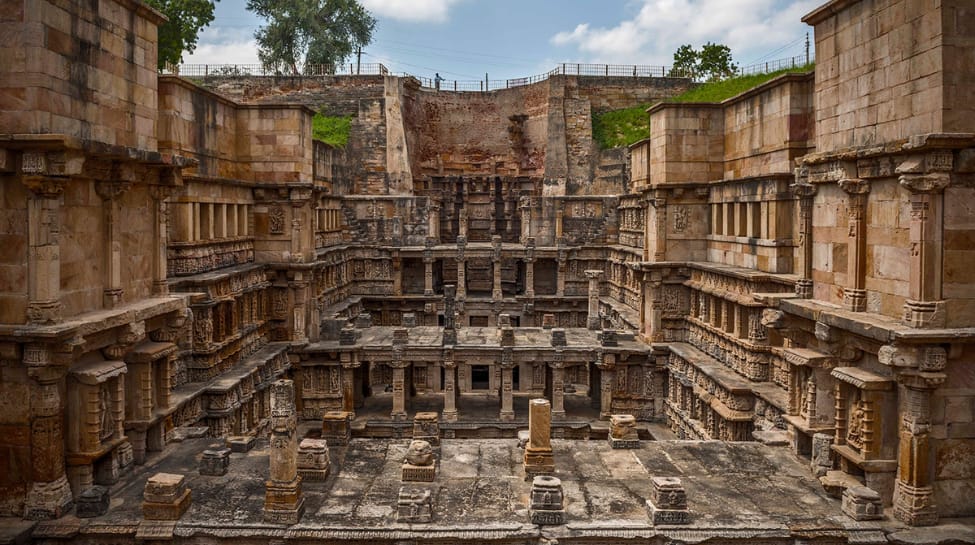
Built in the 11th century AD by Queen Udayamati in memory of her husband, Rani ki Vav is an exquisite stepwell located on the banks of the Saraswati River. A masterpiece of subterranean architecture, the stepwell features hundreds of carved sculptures depicting Hindu deities and mythological themes. UNESCO World Heritage registered this artistic place to its list in 2014.
Konark Sun Temple (Odisha)
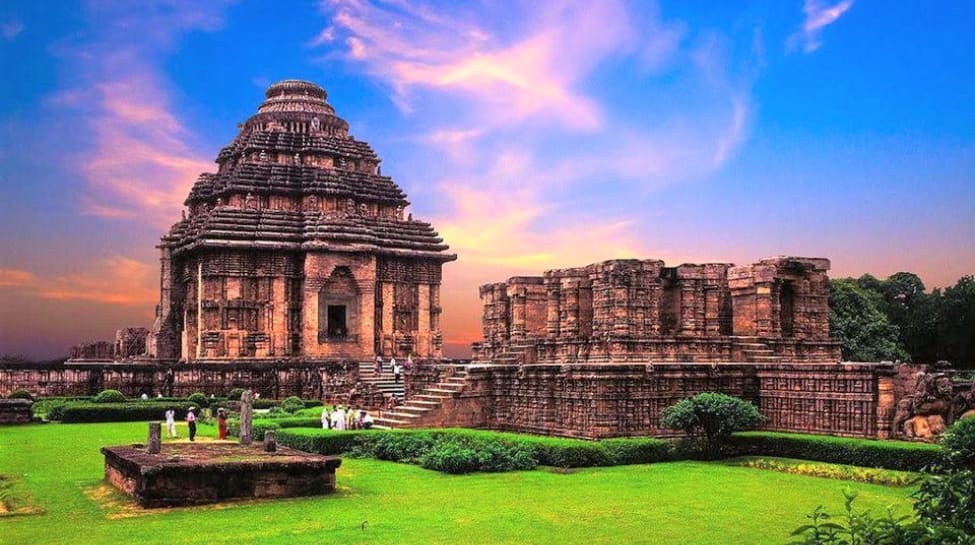
The 13th-century Konark Sun Temple, dedicated to the Sun God Surya, is an architectural wonder built in the shape of a chariot with elaborately carved wheels, horses, and pillars. The temple is known for its remarkable stone carvings and is a UNESCO World Heritage site. Although much of the structure has been damaged over time, the temple remains a testament to ancient Indian engineering and artistry.
Mahabalipuram Monuments (Tamil Nadu)
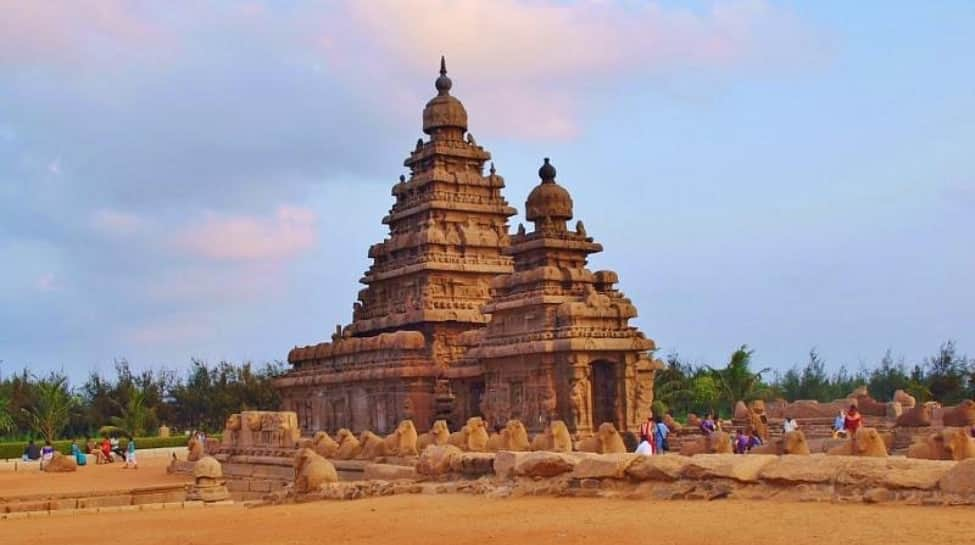
These 7th-8th century rock-cut temples and cave sanctuaries, built by the Pallava dynasty, are an incredible display of Dravidian architecture. The Shore Temple, Five Rathas (chariots), and the famous ‘Descent of the Ganges’ are some of the must-visit attractions here. Mahabalipuram is also a UNESCO World Heritage site.
Ajanta and Ellora Caves (Maharashtra)
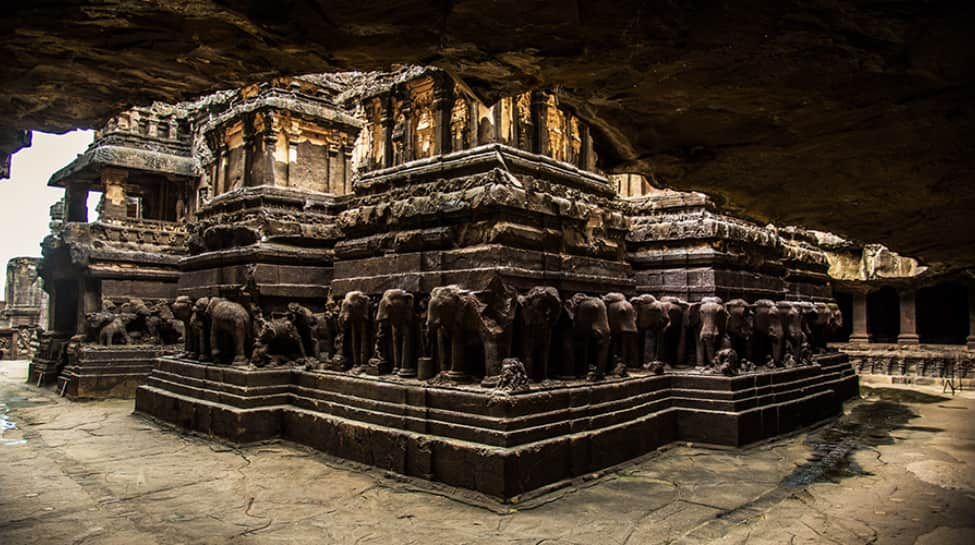
These caves, some of which date back to the 2nd century BCE, are among the finest examples of ancient Indian art and architecture. Ajanta Caves are known for their detailed murals and paintings depicting the life of Buddha, while the Ellora Caves showcase the fusion of Buddhist, Jain, and Hindu monuments, including the awe-inspiring Kailasa Temple.
Bhimbetka Rock Shelters (Madhya Pradesh)
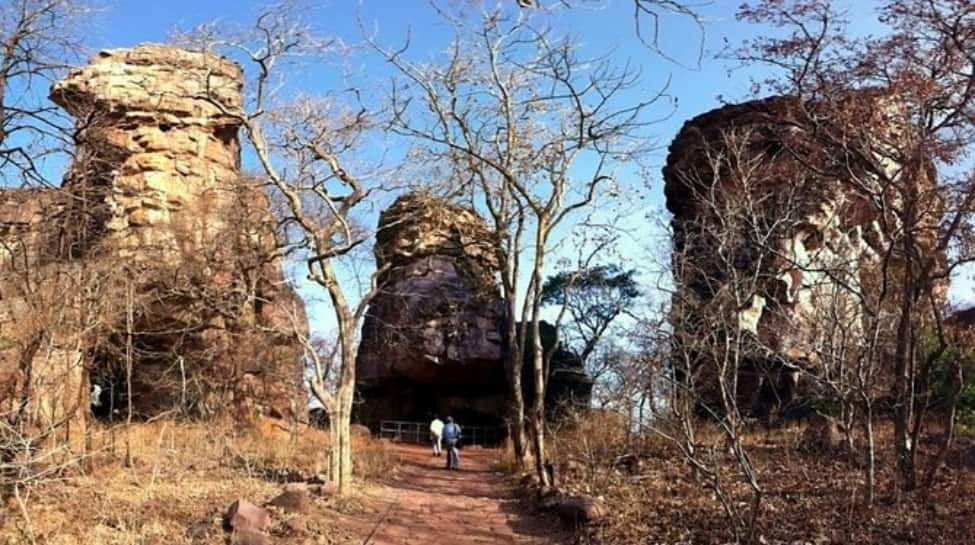
Located in the foothills of the Vindhya Range, Bhimbetka Rock Shelters are among the oldest known traces of human life in India, dating back over 30,000 years. These UNESCO World Heritage sites feature over 700 rock shelters with prehistoric paintings, showcasing life during the Stone Age.
Trending Photos



